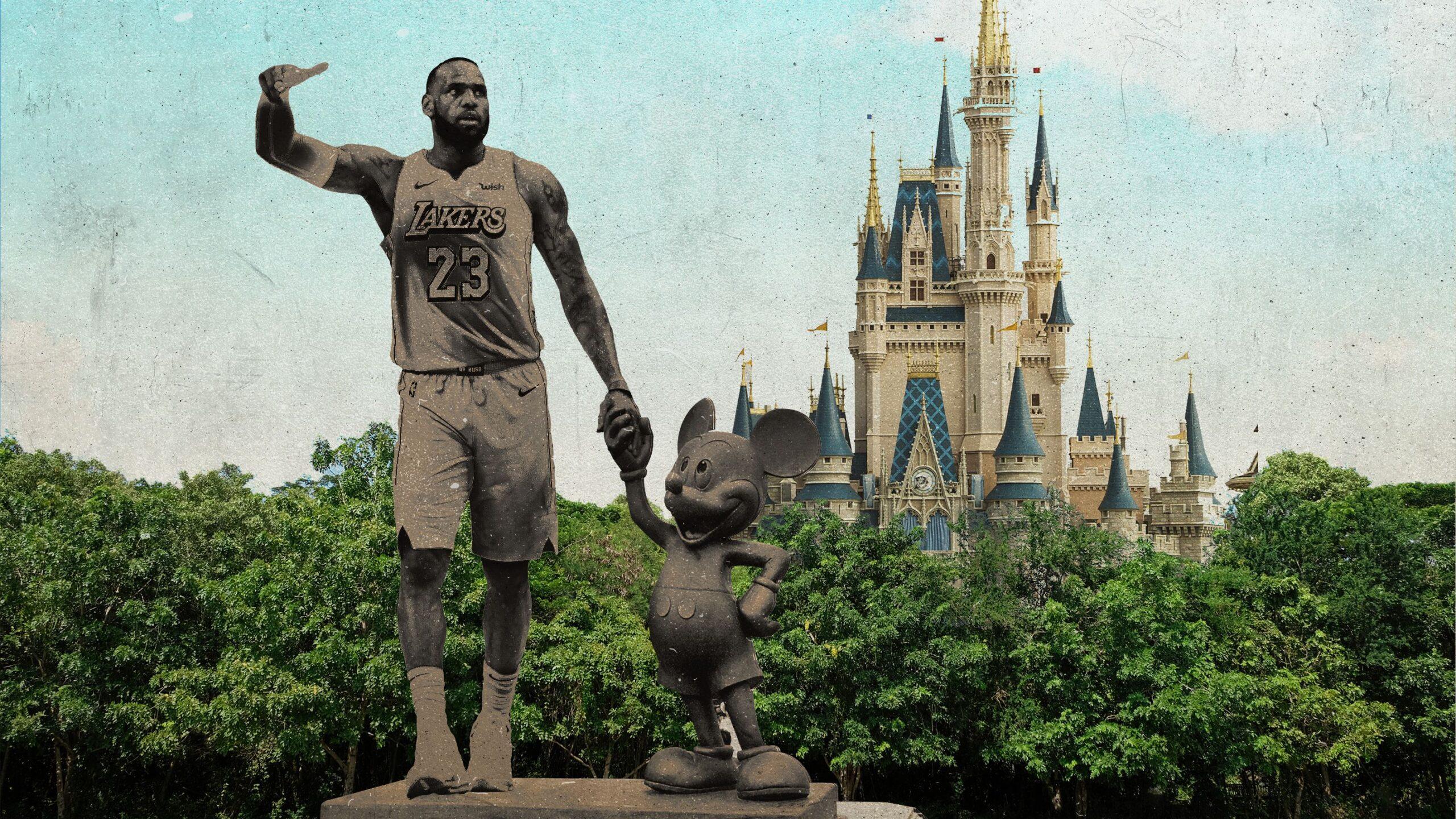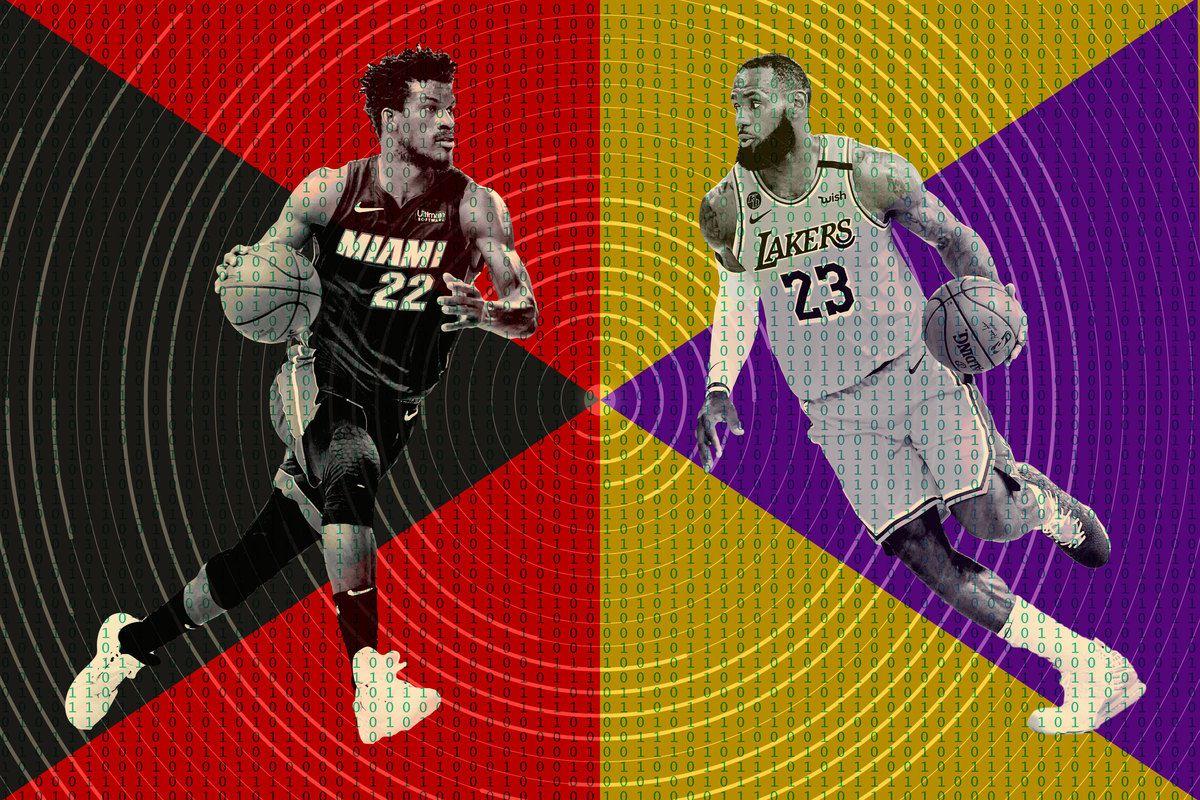
Ja Morant isn’t the only sensational rookie in Memphis. Brandon Clarke, the no. 21 pick in the 2019 draft, has been just as incredible off the bench. He’s the Grizzlies’ best chance of holding on in a tight race for the no. 8 seed in the West now that Jaren Jackson Jr. is out for the season with a torn meniscus.
It’s hard to overstate how good Clarke has been. He hasn’t played enough (22.1 minutes per game) for his per-game averages (12.0 points on 62.0 percent shooting, 5.8 rebounds, 1.4 assists, 0.6 steals, and 0.9 blocks) to tell the whole story. But his efficiency numbers are unreal. He has the highest field goal percentage of any rookie in NBA history averaging more than 10 points per game.
What makes Clarke special is that he’s just as smart as he is fast. At 6-foot-8 and 215 pounds, he knows where he needs to be on the court, gets there more quickly than anyone else, and jumps higher once he does. He’s in the 95th percentile of roll men in the NBA this season and has already developed great timing with Morant:
He’s just as good on defense, too. Players his size shouldn’t be able to protect the rim as well as he does. This is the leaderboard for shots contested in the paint among those listed at 6-foot-10 and 225 pounds or smaller. Clarke is his own category in field goal percentage allowed:
Rim Defense: 6-foot-10 and Under
Those same skills also make him an elite rebounder. He grabs 14 percent of the total available boards when he’s on the floor, putting him eighth in the NBA this season among players 6-foot-8 and smaller, ahead of guys like Zion Williamson, Draymond Green, and Russell Westbrook.
Combine that with his ability to switch screens and stay in front of smaller guards on the perimeter and he’s one of the most versatile defenders in the NBA. While he doesn’t always win one-on-one battles with players like Damian Lillard and Donovan Mitchell, he’s able to hold his own in just his first season:
Everyone knew he would be a great small-ball big man. He broke the statistical models in his final season at Gonzaga, where he averaged 16.9 points on 68.7 percent shooting, 8.6 rebounds, and 3.2 blocks per game. The reason he slipped in the draft is because he was an older prospect (he turned 23 in September) without a clear position at the next level. Even in today’s NBA, there’s only so much value a player with the size of a wing and the shot profile of a center can provide.
But there are two reasons for optimism about Clarke that most NBA front offices missed: the progression of his jumper over time, and his incredible touch from 2-point range.
Clarke is not a great shooter, but he has come far over the course of his career. He spent two seasons at San Jose State before transferring to Gonzaga and taking a redshirt season to rebuild his shot from the ground up. Words cannot describe how he used to shoot. You just have to see it for yourself:
This is how he’s shooting now:
Clarke is shooting 36.8 percent from 3 on 1.1 attempts per game this season. His game will probably never be built around his jumper. But there’s a decent chance that he will be able to make enough 3s to force defenses to respect him around the perimeter. He has steadily improved his free throw percentages over the past four years, a good indicator that his shooting potential is real:
Clarke’s Free Throw Shooting
That brings us to Clarke’s touch, which is not the same as his form. There are some players who have an innate ability to shoot softly enough to where the ball rolls in the basket. One NCAA player development coach told me that when he evaluates high school recruits he looks at their ability to finish in the paint. Players who make those shots at a high rate usually have the foundation to extend their shooting range with time. Clarke has that skill in spades. No 6-foot-8 player can shoot 68.7 percent from the field in the NCAA and 62.0 percent in the NBA just on dunks.
There was a hidden benefit to having such a hideous-looking shot growing up. Clarke was forced to develop a different way to score from the perimeter without taking traditional jumpers. He has mastered the dark art of the floater, a shot few big men have. It’s almost impossible to stop a 6-foot-8 player who can shoot from a variety of release points anywhere within 15 feet of the basket:
Clarke ranks in the 92nd percentile of players leaguewide on taking floaters, with 1.6 per game. The vast majority who take as many floaters as Clarke, like DeMar DeRozan (70th percentile at 1.4 per game), don’t make them at nearly the same clip. It’s a unique skill even the best guards in the league don’t have.
It’s also a shot that Memphis needs to see more of now that Jackson is out for the season. Clarke scored only six points on 3-of-7 shooting in a 124-115 loss to Utah on Wednesday. The problem was that he wasn’t operating in enough space—22 of his 27 minutes came as part of a frontcourt with two other non-shooters in Jonas Valanciunas (1.3 3-point attempts per game) and Kyle Anderson (1.2).
A pick-and-roll between Clarke and Morant with three shooters around them will create a high-percentage attempt almost every time down the floor. It doesn’t matter who guards them. Clarke can even shoot floaters over Rudy Gobert:
They ran the same play the next time down the floor. The defense collapsed on Clarke so Morant found Grayson Allen for an open 3. It doesn’t have to be more complicated than that:
The key for Grizzlies coach Taylor Jenkins, who is in the running for Coach of the Year in his first season, is finding enough shooters. Memphis has two on the wings in Allen (42.0 percent from 3 on 3.3 attempts per game) and Dillon Brooks (35.8 percent on 5.6 attempts). But neither Clarke nor Valanciunas can replace Jackson’s ability to spread the floor from the frontcourt. That’s where Gorgui Dieng, a stretch 5 who hasn’t played much since coming over from Minnesota at the deadline, becomes important. Dieng was shooting 38.3 percent from 3 on 2.6 attempts in 47 games with the Wolves this season. His ability to guard centers and spread the floor on offense makes him an intriguing fit with Clarke.
Despite going 0-4 in the bubble, the Grizzlies aren’t dead yet. One loss came in OT against the Blazers, and another was at the buzzer against the Spurs. They were ahead of the Jazz for portions of the game Wednesday, even without Jackson. Jenkins just needs to be more creative with his lineups.
Big picture, Memphis is in a great position even if it misses the playoffs. The team’s young nucleus is way ahead of schedule. The biggest benefit of playing in the bubble is giving more opportunities to youngsters like Clarke.
He could be the perfect third wheel next to Morant and Jackson. He’s a great defender who can get stops and run the floor with them, and he doesn’t need many plays run for him in the half court. A frontcourt of Jackson and Clarke can do everything. That’s two big men who can defend on the perimeter, at the rim, and play off each other on offense. They can even run pick-and-rolls together:
Clarke could develop into a new-age Shawn Marion. Both are combo forwards with elite athleticism, great feel, the ability to defend four positions, unorthodox shooting mechanics, and superb touch around the basket. In the 2005-06 season, Marion averaged 21.8 points per game on 52.5 percent shooting, 11.8 rebounds, 2.0 steals, and 1.7 blocks per game. That doesn’t look too different from Clarke’s per-36 minute numbers as a rookie: 19.5 points on 62 percent shooting, 9.5 rebounds, 2.3 assists, 0.9 steals, and 1.4 blocks.
The Grizzlies have some of the Seven Seconds or Less Suns in them. Morant is the unselfish point guard always pushing the pace (Steve Nash), Jackson is the talented big man who can score all over the floor (Amar’e Stoudemire), and Clarke is the defensive Swiss Army knife who does all the little things (Marion). Put two knockdown shooters around those three and the rest of the league could be in trouble. What separates the Grizzlies from those Suns is that they can get stops, too.
Clarke is the key for the remaining playoff push this season, but he’s even more important to the Grizzlies’ future.



